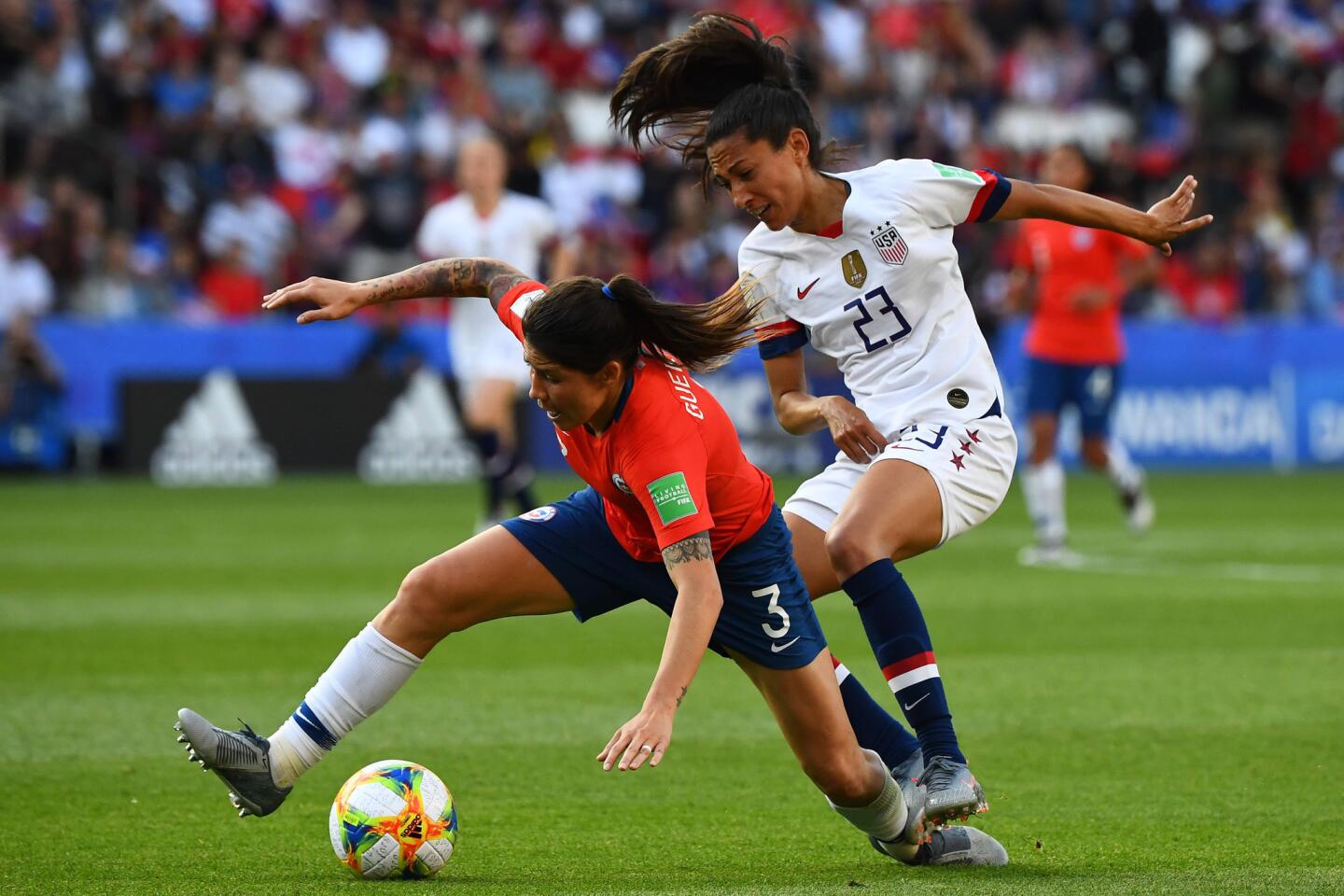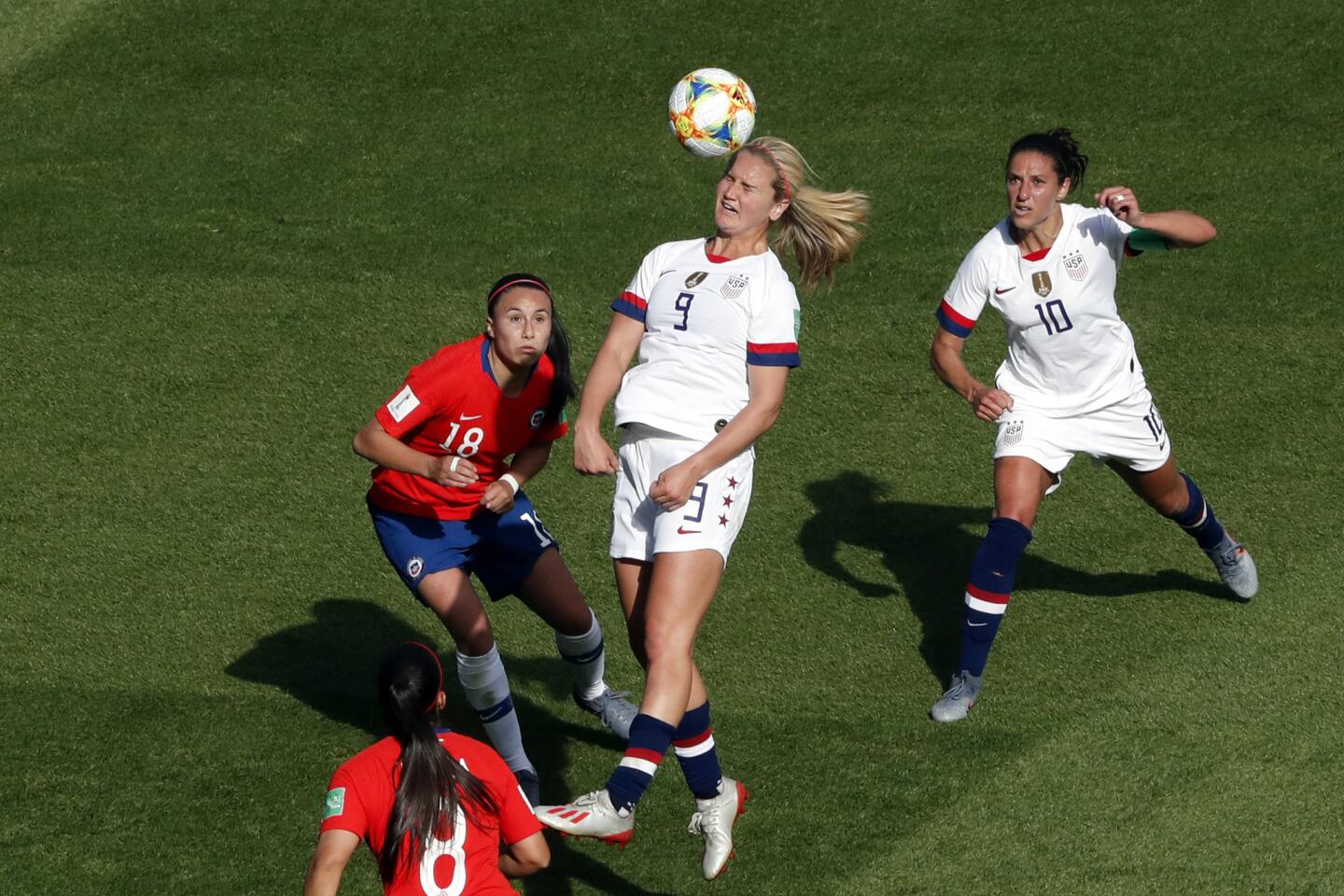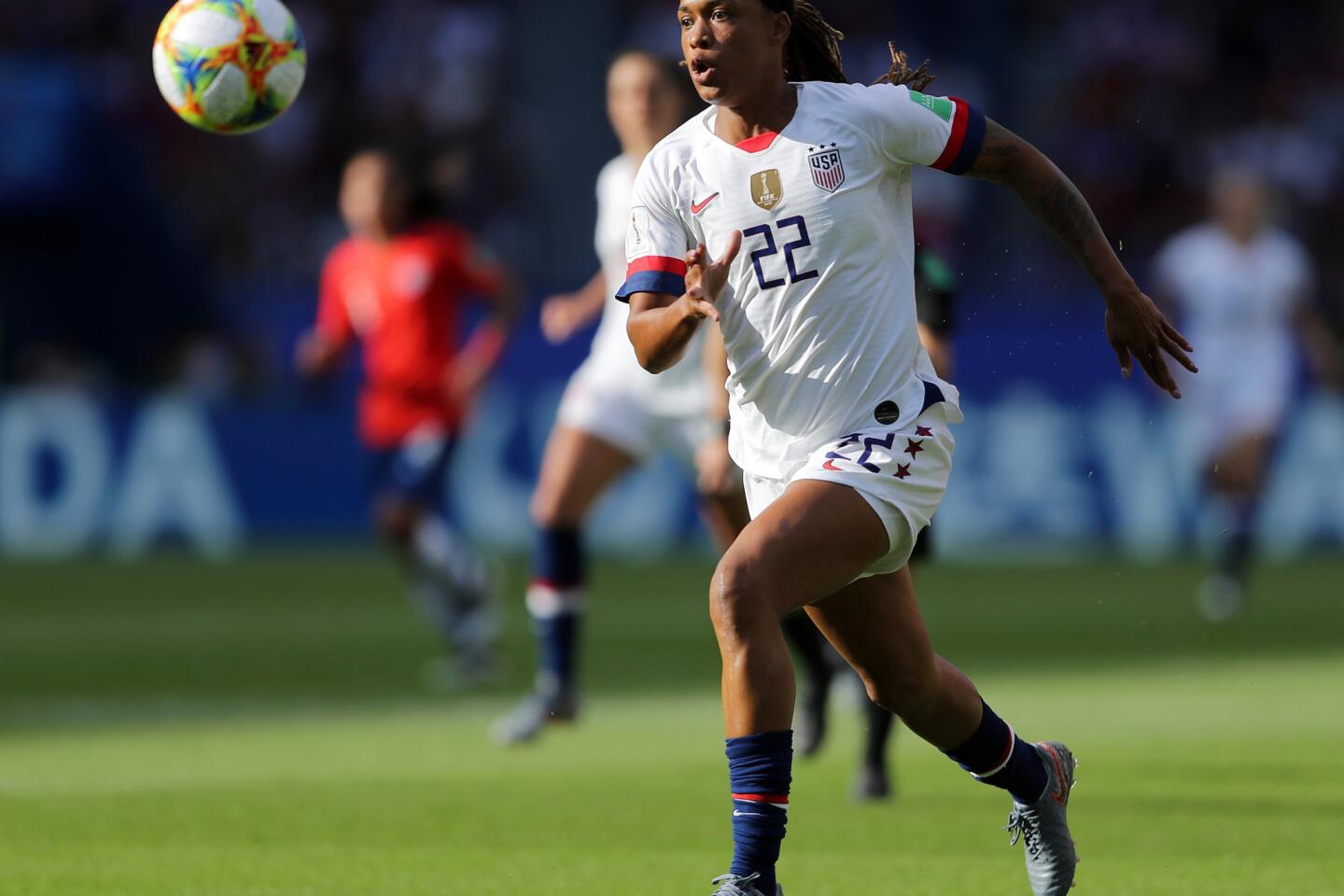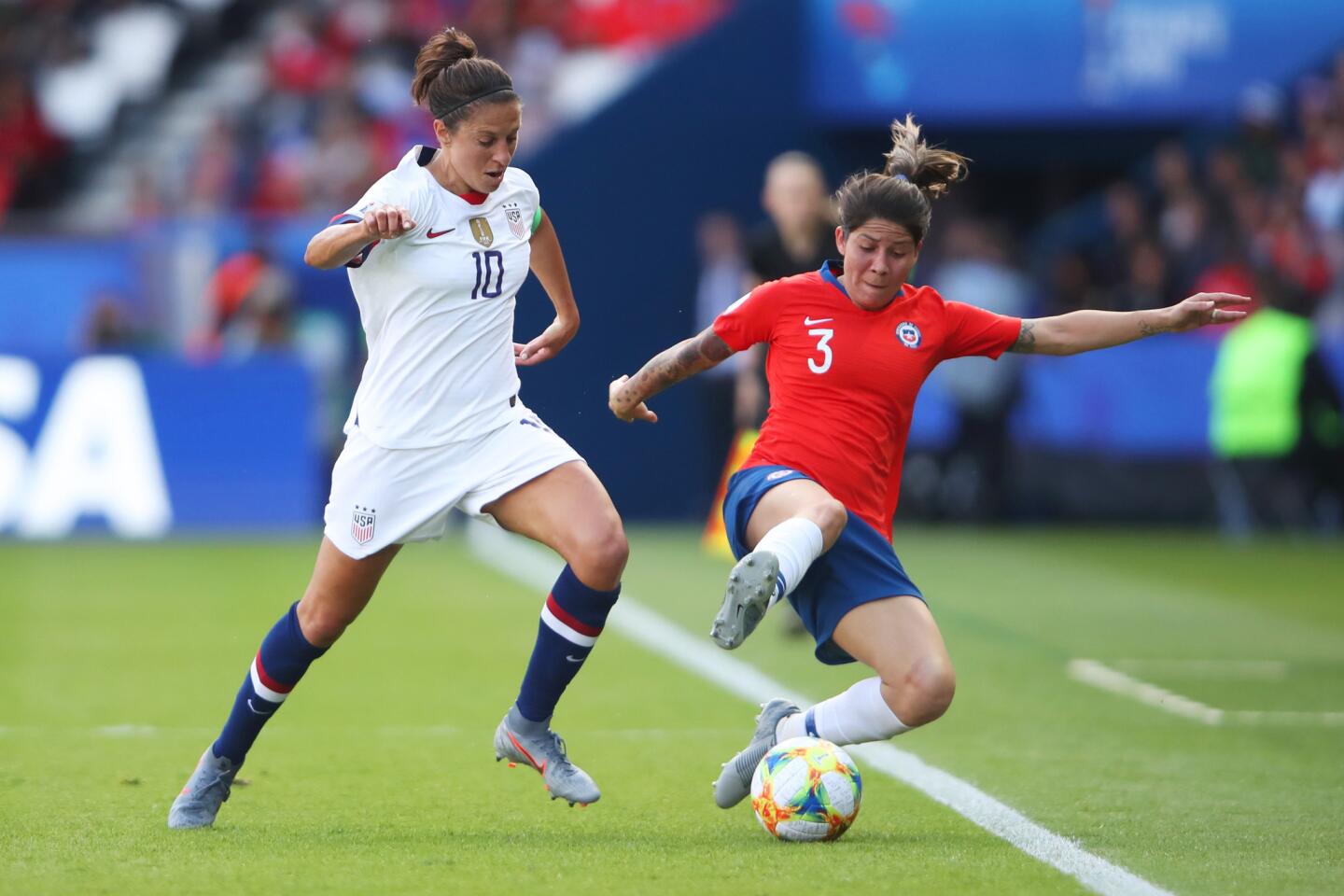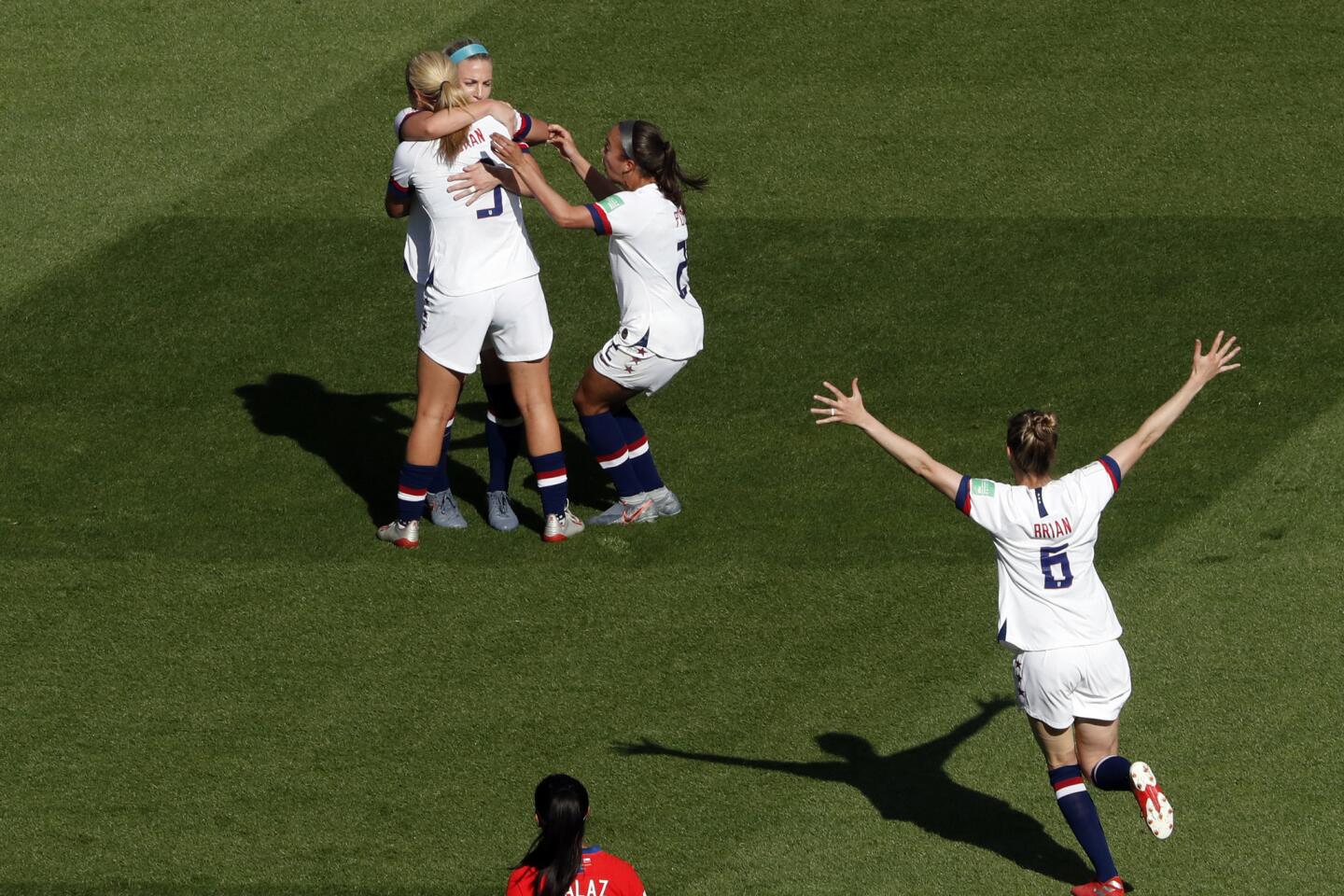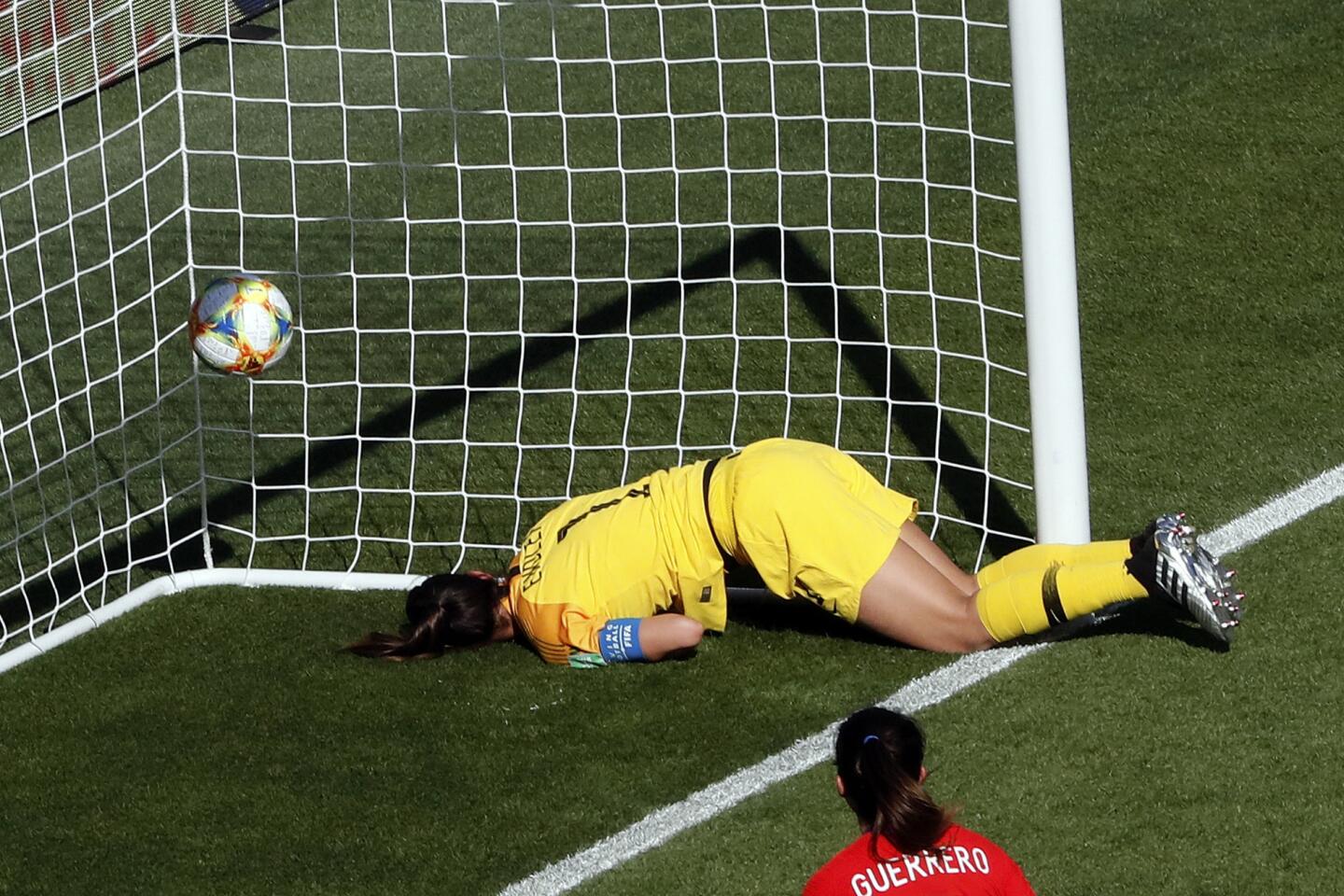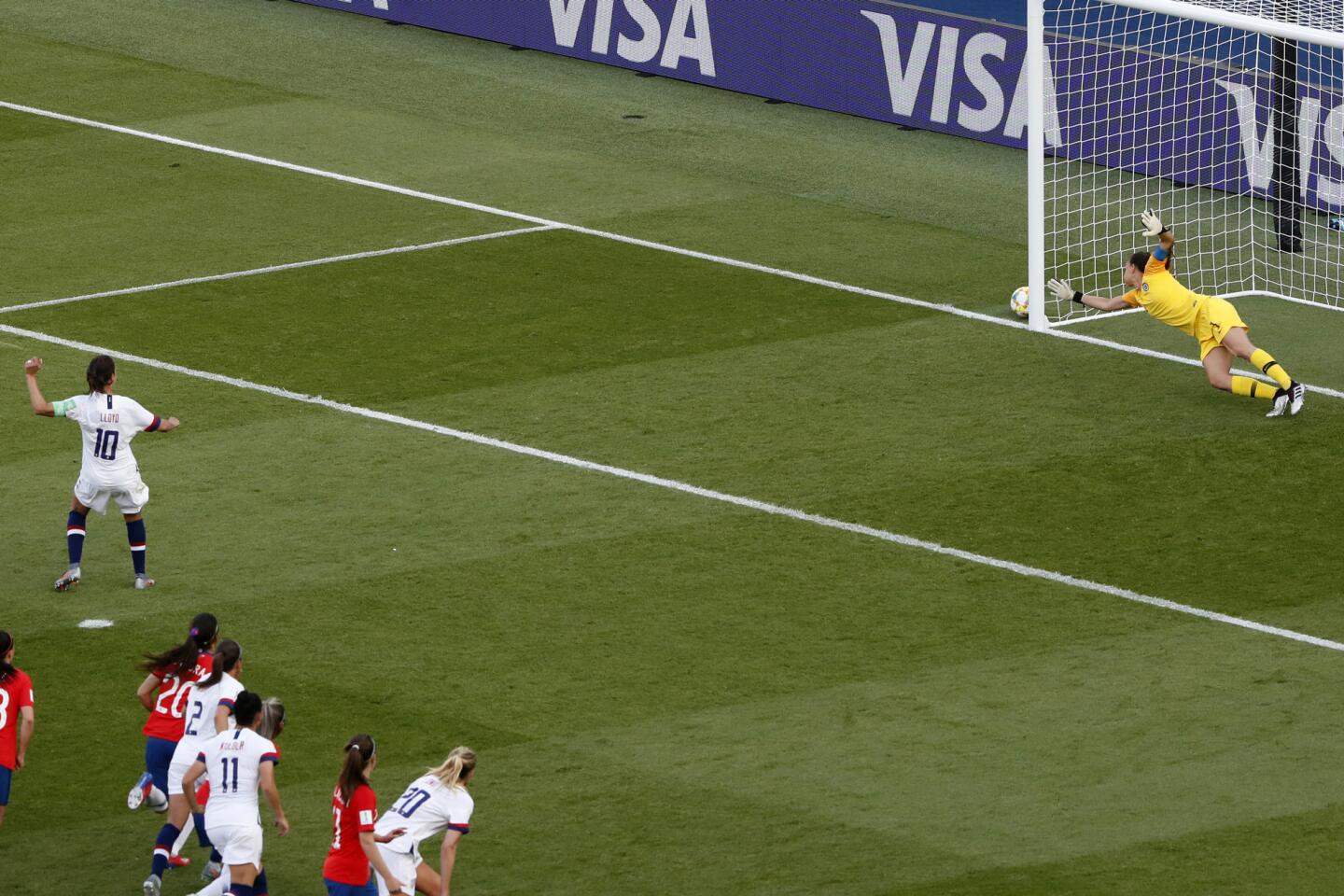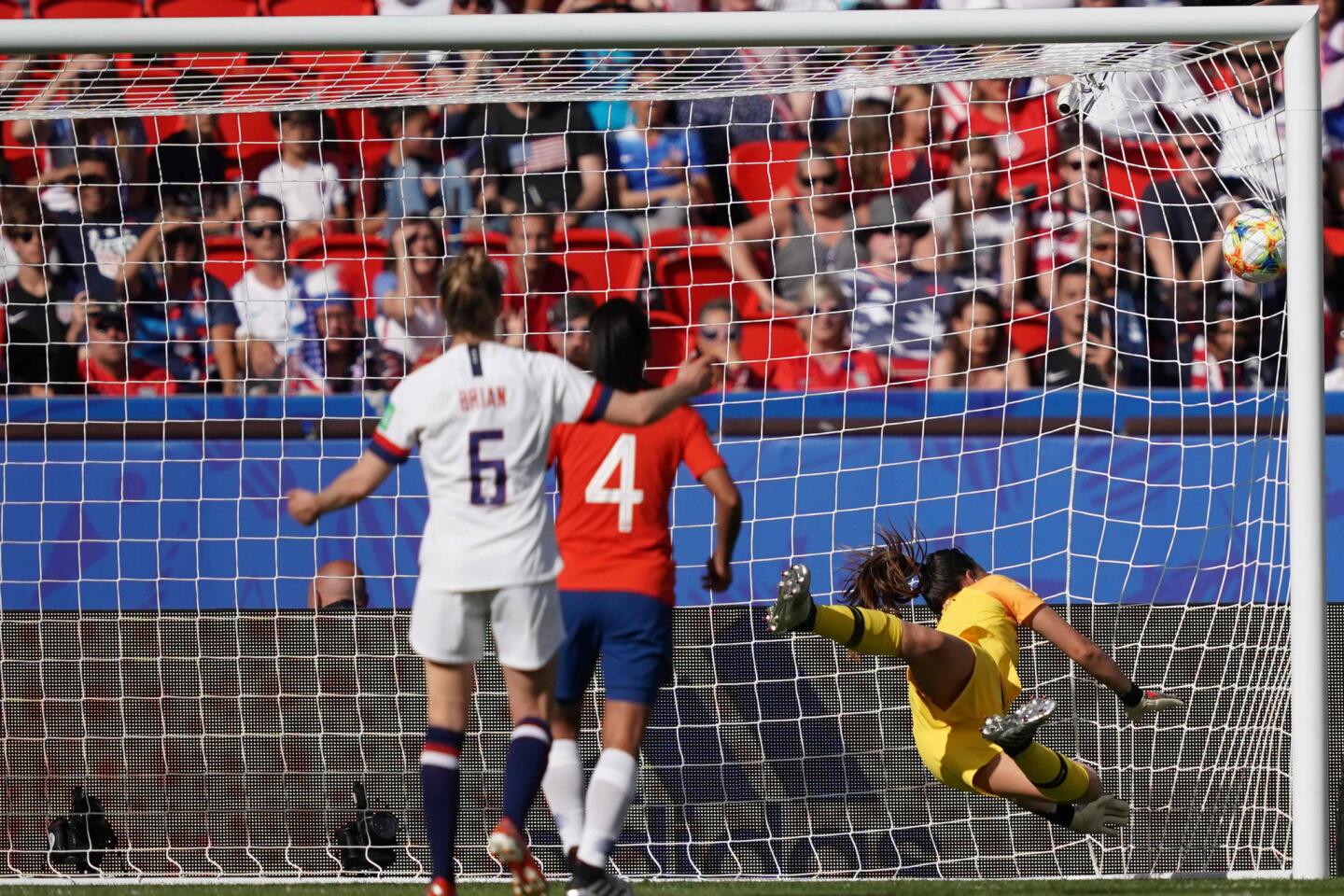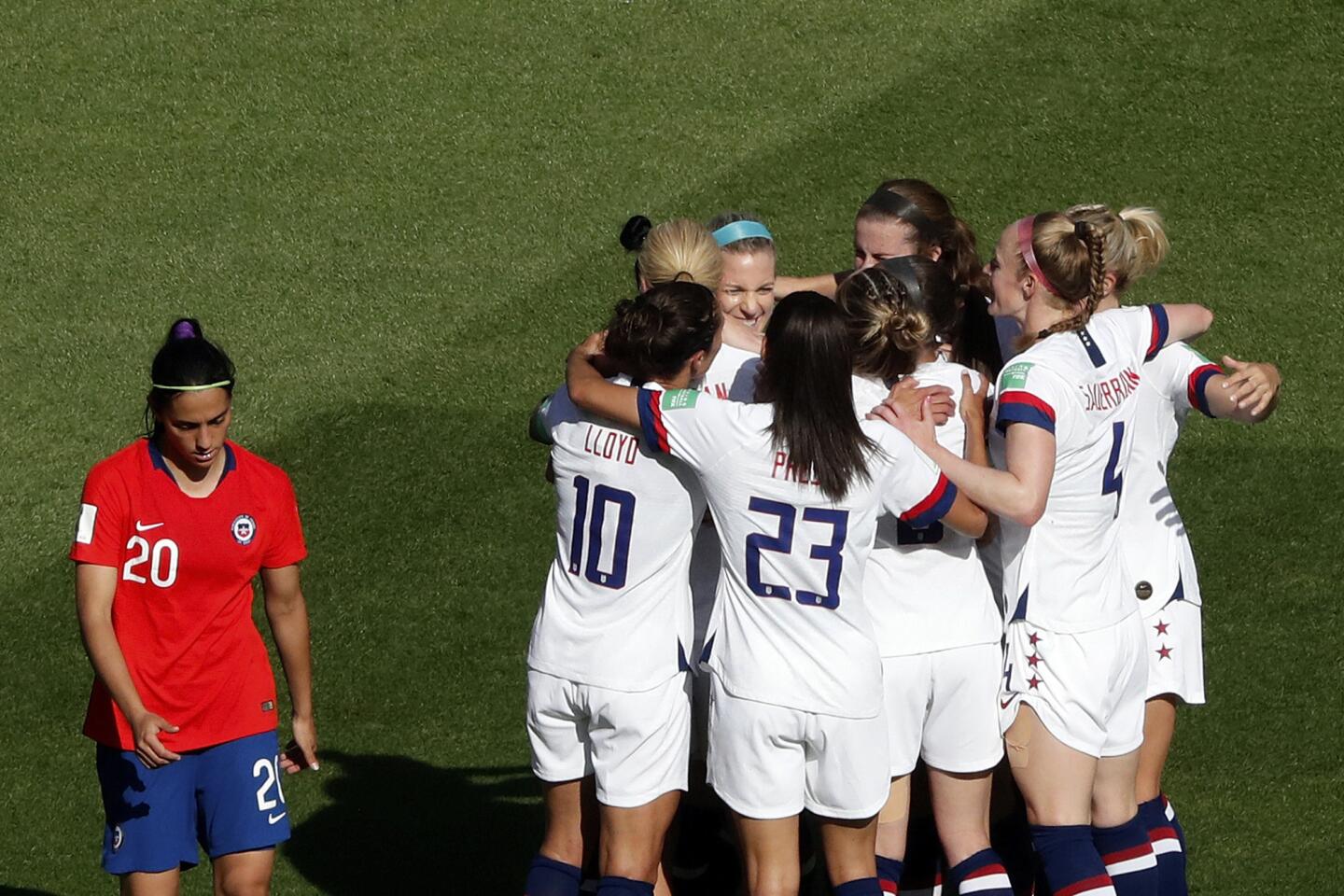Women’s World Cup has come a long way since ’95, Fox broadcaster can attest
JP Dellacamera broadcast his first Women’s World Cup in 1995. And when he showed up in Sweden for the start of the tournament, U.S. star Michelle Akers had one question for him.
“Where you forced to do this event?” she asked through an intermediary. “Or did you want to do it?”
Dellacamera, then one of the premier soccer and hockey play-by-play voices in the U.S., insisted he wanted to be there. But he quickly wondered why.
The company he worked for covered just six games and skipped the final to do the third-place match because it involved the U.S. The games were played in the Swedish equivalent of a high school stadium and average attendance for the tournament was 4,316.
Two group games involving Canada drew fewer than 1,000 people. Combined.
“I remember being in Sweden,” Dellacamera said “and you had no idea that the World Cup was there.”
He is back at the Women’s World Cup this summer as the lead play-by-play announcer for Fox Sports. And the changes in the 2½ decades since his first tournament are breathtaking.
Two group-play matches drew crowds of more than 45,000 each. More than 1 million tickets have been distributed overall and both Fox and Telemundo are carrying all 52 matches live.
“Everything is different,” he said.
Perhaps the biggest difference since 1995 has been on the field. In that World Cup, just the second women’s tournament, there were just 12 teams and four of the 26 matches were decided by five of more goals. The field has since doubled to 24 countries and the quality of play has improved dramatically.
“The strong teams are getting stronger. Now you’ve got other countries like France, like England that look like they could become the next powers,” said Dellacamera, who was inducted into the National Soccer Hall of Fame last year. “That’s the next evolution. Australia’s come a long way. Canada’s come a long way.
“There were some games before where you knew if the U.S. showed up, they’d win. Now you can’t say that.”
Sign up for our weekly soccer newsletter »
Dellacamera said he believes the Women’s World Cup — and women’s soccer in general — began to turn the corner in 1999, when the tournament was played in the U.S. and attendance averaged 37,319 – with more than 90,000 showing up the Rose Bowl for the final.
“I knew it would be successful because even if we didn’t have enough soccer fans at that time we’re big-event people,” he said. “If you have the Olympics in the U.S., you can’t find a ticket. If you have the men’s World Cup, can’t buy a ticket. I thought why not for the Women’s World Cup?”
The game is no longer popular in just the U.S. though. In the past two years huge crowds have shown up for games in Mexico, Italy, England, the Netherlands. In Spain, more than 60,000 attended a club match between Barcelona and Atletico Madrid in March.
And TV ratings for this World Cup have set records in several countries, according to Soccer America. France’s first two games, for example, averaged more than 10.4 million viewers on local TV, more than doubling the previous record for a women’s match. The BBC’s broadcast of England-Scotland drew 4.6 million viewers; the Netherlands’ opener with New Zealand was seen by 79.7% of people watching TV in Holland at the time; Sweden-Chile drew 43.6% of the available audience in Sweden; and Brazil’s first game averaged 19.3 million viewers on Globo and SporTV, an audience share of more than 50%.
In the U.S., Fox’s audience averaged more than 5.3 million viewers for Sunday’s U.S.-Chile game, the largest audience ever for a Women’s World Cup group-stage match.
That leaves Dellacamera with one big regret: that he didn’t buy stock in women’s soccer 20 years ago.
”I’d be a rich man,” he said.
kevin.baxter@latimes.com | Twitter: @kbaxter11


